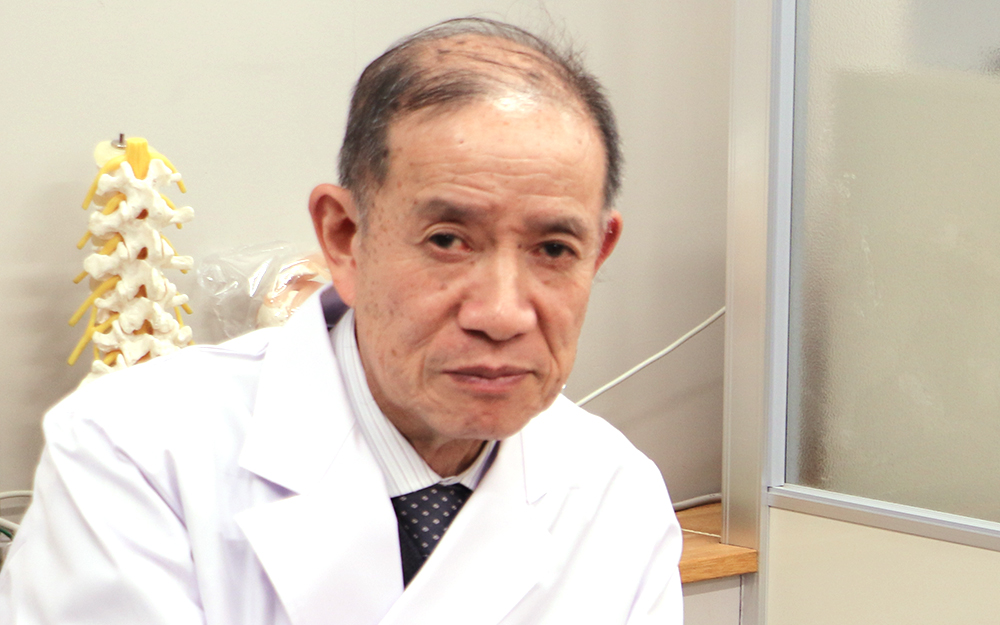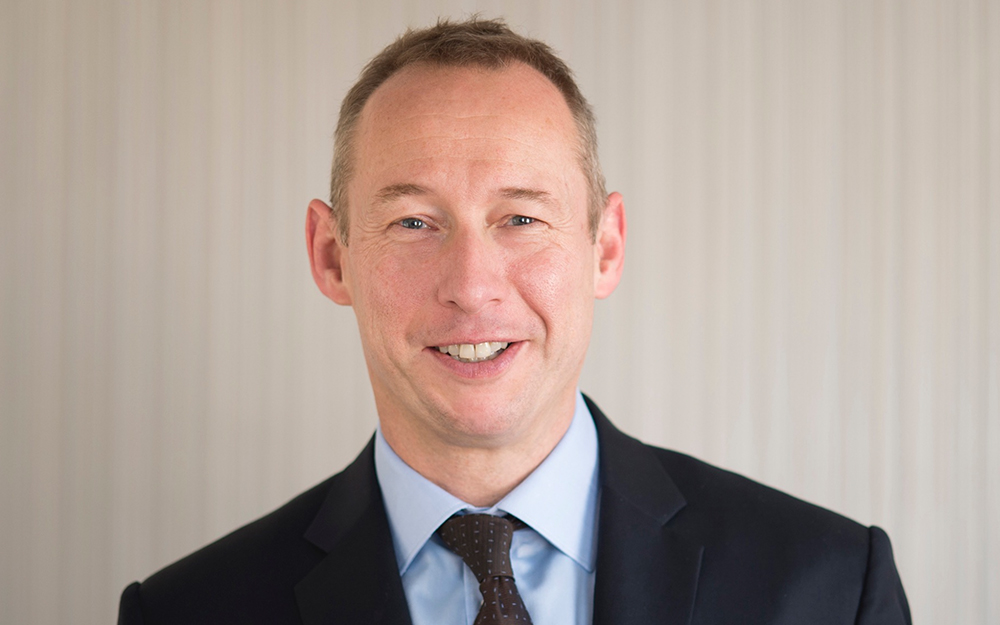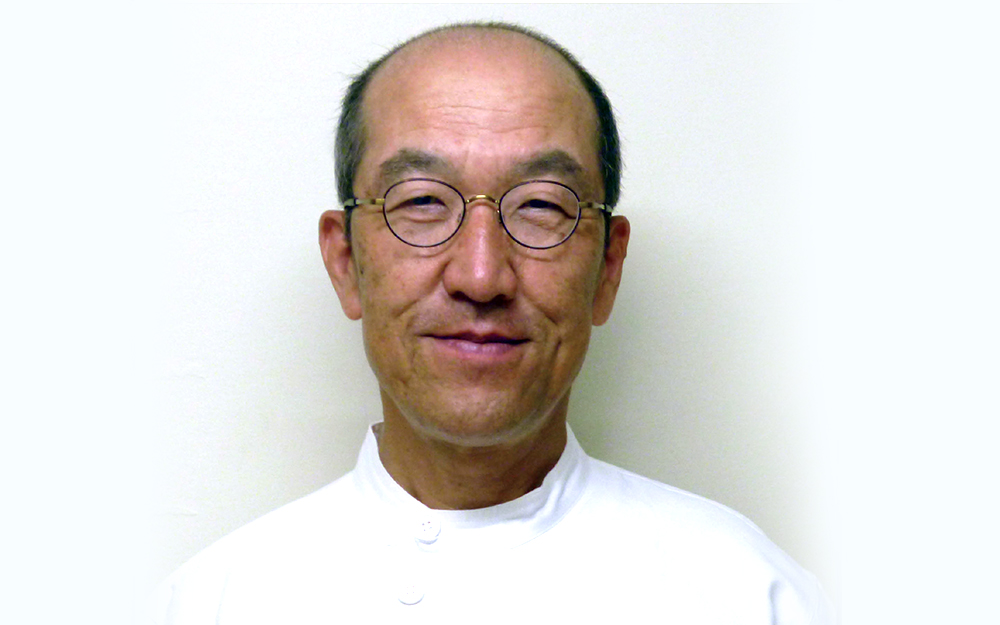THEME
「WHERE SPORTS MEDICINE SHOULD MAKE WAY TO」
Toru Fukubayashi / Professor, Tokyo Ariake University of Medical and Health Sciences
THE 1st TOKYO INTERNATIONAL
SPORTS MEDICINE INNOVATION FORUM
THEME
Toru Fukubayashi / Professor, Tokyo Ariake University of Medical and Health Sciences

Professor Fukubayashi has been the driving force in the field of sports medicine in Japan. He offers his vision on the future of sports medical in Japan and the entire world and where it should make way.
SUMMARY
The concept of sports medicine in Japan started to develop in 1964 when Tokyo Olympic Games took place. Under the guidance of Doctor Kuroda, two doctors - Doctor Nakajima and Doctor Takazawa - stepped up in the orthopedic field to take initiative of its groundwork. Now that we have another opportunity to host the Summer Games in Tokyo in 2020, I think we need to take a look back at how sports medicine has developed and also share thoughts about where we should make way in the future. Sports medicine in the past has been more of care/treatment oriented than prevention medicine. However as we stepped into 21st century, the IOC and its president recognize the importance of the prevention medicine and have started the IOC World Conference on Prevention of Injury & Illness in Sport in Monaco. Also, in our country where we are facing so-called longevity society, how we deal with aged senior people and energize them by utilizing the sports medicine is an intriguing agenda. The value of sports medicine in 21st century should be more recognized and we need to be able to respond to the needs of the society. I think this newly founded international forum will play an important role in pushing the sports medicine to the higher ground.
THEME
Andrew M. Williams / Director of muscloskeltal care centre Fortis, Clinic, London

Doctor Andrew M. Williams, the top specialist at the Fortis Clinic, a private clinic in London which holds an international forum every two year, is our guest speaker. He talks about the process and know-how of connecting people while actively working on the international basis.
International Networking of Sports Orthopaedic Clinics
Fortius Clinic
7 years old. ‘Number 1’ for UK orthopaedic and sports medicine. 2 outpatient clinics (soon to be 3), each with Xray, ultrasound, and MRI, and a Surgery Centre. 50 surgeons and another 30 doctors- radiologists / sports physicians. We care for many of the UK’s athletes- personally: 52 football teams including 16 of 20 English Premiership teams, and 9 or 12 English Rugby Premiership plus several Welsh teams. My colleagues include leaders in their fields. FIFA awarded us ‘F-MARC’ as a ‘medical centre of excellence’ in 2015. We have strong research commitments and links with Imperial College, London.
Why have a sports orthopaedic clinic?
Why network?
How to Network?
xamples of collaborations in sports medicine: some good - some poor
Problems
Keys to success
テーマ
Konsei Shino / Professor, Osaka Yukioka college of Health Science

Konsei Shino, who has long been a front runner in the field of ACL reconstruction speaks out for the first time on his unchanging philosophy behind and also the originality, ingenuity and innovation in his path leading to this day.
SUMMARY OF PRESENTATION
In the last century, we learned a number of ACL reconstruction (ACLR) procedures developed in US or European countries, and actually practiced them to our patients because the authors were so proud of excellent outcomes in the literature. While most of the procedures they had advocated were far from the anatomical reconstruction concept to closely mimic the native ACL or non-anatomical ones, the outcomes were reported so excellent based on surgeons-biased evaluation. After my long-term struggle in the last century, I finally realized such little or non-anatomical procedures could not achieve the goal of ACLR to stabilize the knee without loss of motion.
In this century, I re-started to find out real anatomical ACLR by identifying the direct insertion sites of the ligament, clarified how to precisely create anatomical tunnels in our arthroscopic practice, and optimized use of the grafts to mimic the native ACL.
Thus I think it is time to discuss the optimal initial tension and post-operative rehabilitation. I will be pursuing more sophisticated procedures in my remaining life.